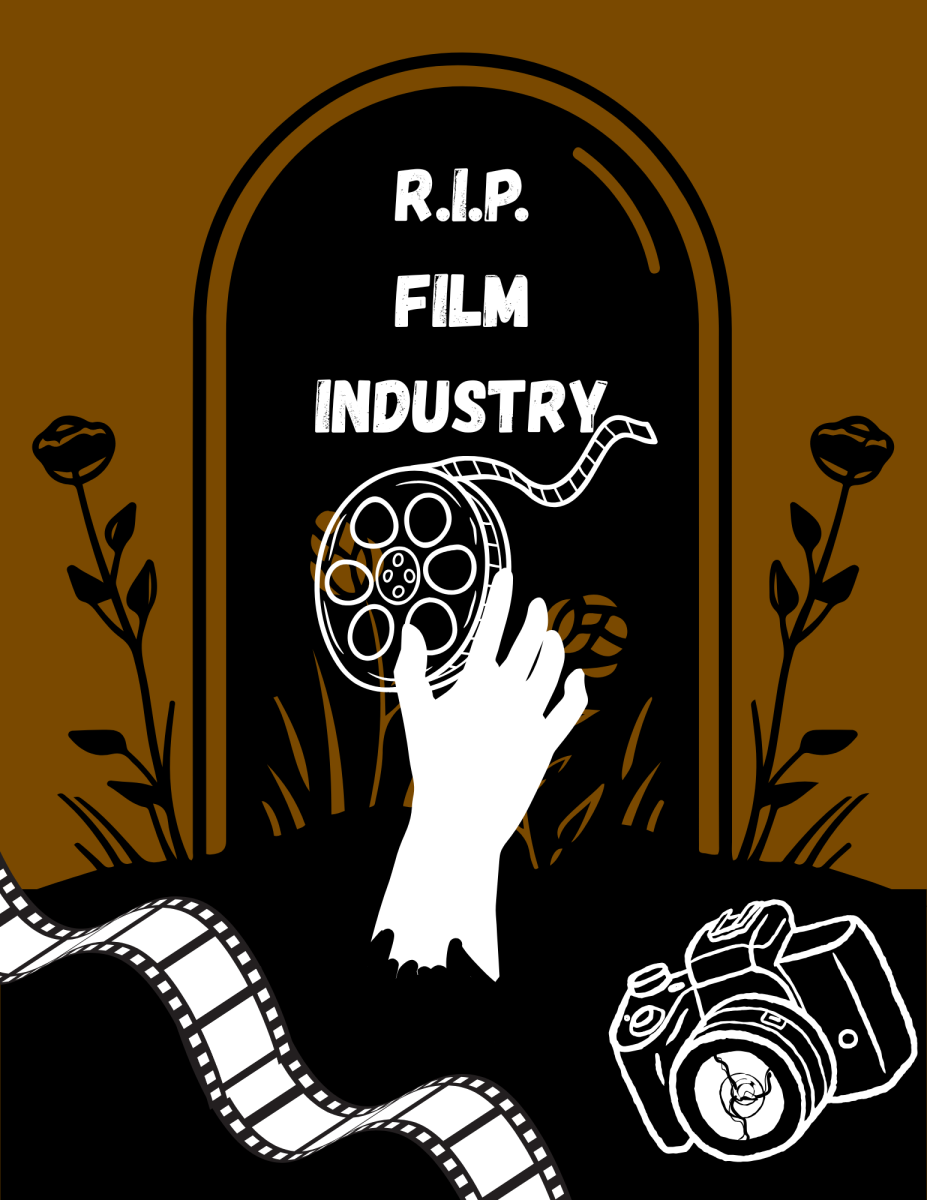After COVID-19, the film industry has been failing economically, with Disney’s most recent film “Elio” breaking even with its $150 million budget. The film industry has been known mainly for its movie magic, but statistics show that the magic has been fading drastically since then.
“The industry, [is] still staggering back from the pandemic shutdown,” Mark Harris said in a New York Times article. “Writers, actors and virtually the rest of Hollywood’s work force were united in animus against the studio.”
During COVID-19, most industries in the world were affected by COVID. Up to 52% of the & 1.1 million workers were affected. The film industry, in particular, specializes in quantity and not quality.
“To shelve entire projects for tax write-offs undergirds a prevailing narrative that the people who finance the movies are becoming the enemies of the people who make them,” Harris said. “With movies, especially in Hollywood, everything either gets passed with funding. If there is no funding, no movies are going to be made.”
More recent movies have been taking the industry by storm, like “F1” directed by Joseph Kosinski, “Superman” directed by James Gunn, “Sinners” directed by Ryan Coogler and “The Brutalist” directed by Brady Corbet. These movies have gotten thousands of reviews from Letterboxd with an average of four out of five stars combined. It brings the question of whether films have lowered in quality.
“The average film has not lowered in quality because studios are not afraid or are afraid to take risks on mid-range movie projects,” english teacher Rob Bass said. “They’re either green-lighting monsters, Marvel tentpole franchises, or it’s gotta make 250 million dollars, or they’re very indie, like A24 type.”
The Marvel franchise has been in the film industry since 2008, mainly making superhero movies such as Avengers: Endgame, which had a budget of around $400 million, grossing $2.7 billion worldwide. A24, which has been making movies since 2012 from different genres with varying success, with their most popular film, “Everything, Everywhere, All at Once,” costing $25 million according to The Numbers, grossing $144 million worldwide.
“I think there are some good franchises,” senior Morgan Nicol said. “I think that franchises that have 30 movies plus 10 TV shows [are bad], because it’s just consumerism at its max.”
With movies coming out from franchises, studios need to make their money back from the repeated production of movies. The studio decides to make licensed merchandise to sell to consumers. The studios that fund the movies put pressure to come out with high-quality movies so they can make their money back. With this in mind, some have said that studios are pressuring directors to pump out movies fast or make them of a higher standard.
“[The studios are] at the cash grab, for sure,” Bass said. “You even saw that with streaming with both Marvel and Star Wars here in the last 5 years.”
Movies from Disney have been performing poorly at the box office, with their newest movie, “Elio,” directed by Madeline Sharafian, receiving a rating of 3.1 Stars out of five on Letterboxd. As of Sept. 15, a box office release from June 20, to Sept. 11, made $153 million worldwide with a budget of $150 million, according to The Numbers. In comparison, “F1” directed by Joseph Kosinski, with a release date of June 27, has made $623 million worldwide with a budget of $200-$300 million.
“I don’t think [studios] should be overly involved,” Nicol said. “Disney has gone down in quality because they care more about profit and pushing certain agendas rather than making a good story.”
With streaming services also on the rise, there have been instances of movies being made for the average viewer at home. Since the beginning of COVID-19, some movie theaters have closed to the public, which hit the film industry hard for its theatrical releases.
“[Streaming services] changed everything,” Bass said. “Because it’s the distribution network. We’re bound to the theatre, and it’s gotta be a theatrical release. And we wait six months, and then there’s the home, the video release. Now we can just push a button.”
With the involvement of AI in the movie-making process, such as “The Brutalist” directed by Brady Corbet, which utilized generative AI to enhance actor Adrien Brody’s voice to sound more Hungarian, as well as creating blueprint schematics based on the brutalist design era.
Generative AI has already been used in the film industry, as seen in “Dune Part: Two” directed by Denis Villeneuve; the VFX team utilized AI to track the actor’s eyes, allowing for a more seamless effect rather than manually tracking the eye frame by frame.
“All I can do is hope [studios don’t use AI], but of course [studios] will,” Bass said. “But then again, I feel like it overall is hurting the craft terribly because it turns into a video game cutscene. It’s a machine acting.”


